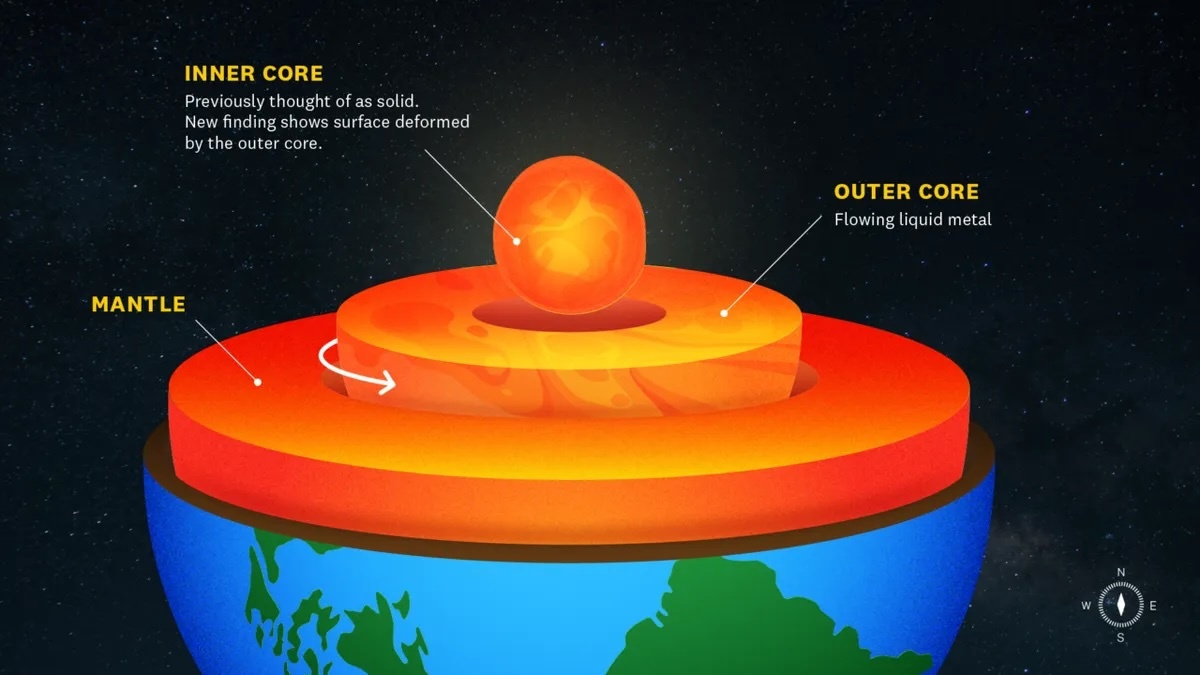19.02.2025
The new research could help us better understand our planet's thermal and magnetic fields.

(Image credit: USC/Edward Sotelo)
For a long time, scientists thought the Earth's inner core was a solid ball of metal, sort of like a planet within a planet that sits some 3,000 miles (4,828 kilometers) below the surface.
However, researchers from the University of Southern Carolina (USC) now say they discovered — almost by accident — that the Earth's inner core may be much more malleable.
John Vidale, Dean's Professor of Earth Sciences at the USC Dornsife College of Letters, Arts and Sciences, who was the new study's principal investigator, said in a statement that the researchers "didn't set out to define the physical nature of the inner core."
Originally, the USC scientists were tracking how our planet's inner core speed of rotation is decreasing, because previous research found that the core is slowing down. The method for charting this involves studying seismic waveform data from earthquakes.
The team used the data from 121 repeating earthquakes between 1991 and 2024; the chosen events happened across 42 different locations near the uninhabited South Sandwich Islands that are situated north of Antarctica.
The USC scientists were studying the waveforms when they came upon some surprising data that contradicted our previous understanding of Earth's inner core. A dataset of waveforms held some uncharacteristic properties the team wasn't expecting to see.
